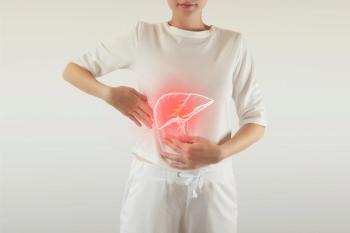
New screening guide for congenital heart disease
The American Heart Association and the American College of Cardiology have jointly issued a new scientific statement on screening for congenital and genetic heart conditions that can lead to rare sudden death in young persons aged 12 to 25 years.
A 14-point checklist, not an electrocardiogram (ECG), should be the first step in screening young people aged 12 to 25 years for
The
Positive findings on the history or physical exam may necessitate further testing, but using a 12-lead
The 14-point screening checklist recommends assessing for a history of chest pain or excessive shortness of breath or fatigue on exertion; unexplained fainting; high blood pressure; previous restriction from sports participation; previous heart testing ordered by a physician; and cardiac-related death or disability before 50 years of age in a close family member or members. The physical exam should include femoral pulses, brachial artery blood pressure in a sitting position, and evaluation for heart murmur and signs of
When cardiac arrest does occur, wider availability of
To get weekly clinical advice for today's pediatrician,
Newsletter
Access practical, evidence-based guidance to support better care for our youngest patients. Join our email list for the latest clinical updates.














